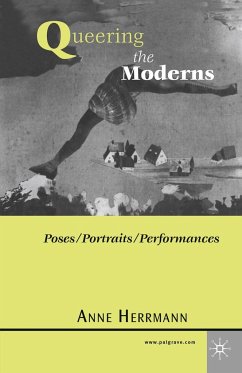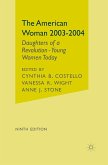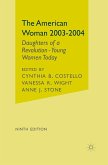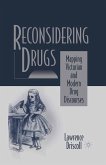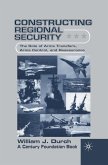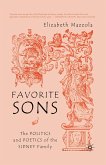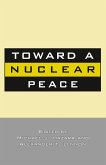In Queering the Moderns, Anne Herrmann revisits the narrative of literary modernism and the historical uses of the term "queer" to explore the emergence of identities specific to modernism. "Queer" in the modernist period (1910-1945) means "strange, odd, out of sorts" and although it begins to refer to those who are queer sexually, it does not yet police a hetero-homosexual divide. It means crossing boundaries in unexpected directions, across the Atlantic, across the color line, across literary conventions that dictate autobiographies can't be written by someone else. Six memoirs that rely on cross-gender and cross-racial identifications are discussed within their specific cultural contexts so that female aviators (Amelia Earhart and Beryl Markham), "lesbian" auto/biographers (Virginia Woolf and Gertrude Stein) and male auto-ethnographers (James Weldon Johnson and Earl Lind - Ralph Werther) begin to "queer" the traditional spaces of modernism.
Bitte wählen Sie Ihr Anliegen aus.
Rechnungen
Retourenschein anfordern
Bestellstatus
Storno

